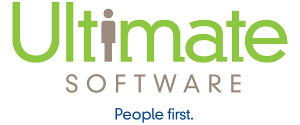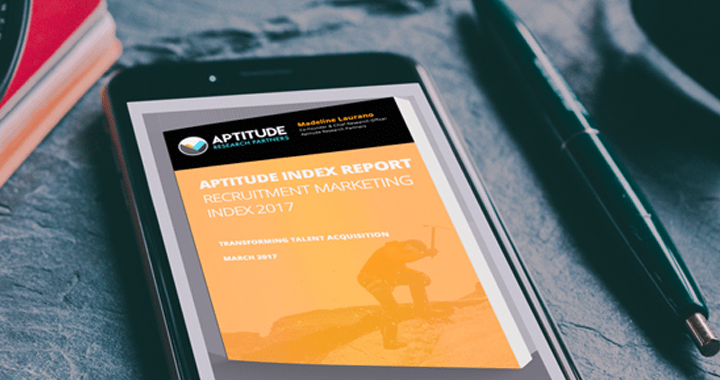I have had some bad demos this summer. I get it. Sometimes things just don’t go right. The connection might be slow. The product isn’t doing what it is supposed to be doing. The conference bridge has issues. It’s not a big deal…technology solutions are entitled to have bad days too. But why does it feel like the quality of demos is not what it used to be? Why does it feel like providers are less prepared when presenting their solutions and articulating their value proposition?
They are not all bad. I have had some really impressive demos recently – including Moovila, Jellyvision, Crowded, and most of the ATS providers that are included in this year’s Index report (they are all demo pros). But, the bad ones stand out. I think as the market is rapidly changing, it might be time to slow down and revisit what matters in a demo (especially before fall conference season).
So, here are my Do’s and Don’ts of presenting an HR Technology Demo:
- Do Know Your Audience: Are you showing this solution to a buyer, an analyst, a partner? Not everyone is interested in the same capabilities. Tailor your demo to the right audience and try to understand what capabilities are most important to show.
- Don’t Talk About Trends: If the first 30 minutes of your demo is spent talking about “the war for talent”, you are doing something wrong. We all get it. Your customers get it. You don’t need to talk about these very high level trends. Instead, talk about the problem that your solution is solving and what capabilities and differentiators set you apart.
- Do Keep It Simple: You don’t want to overwhelm a customer or prospect with every capability or use case on a demo. Understand what is important to that individual before the call and show them the capabilities that best align with their unique needs.
- Don’t Forget Your Team: Most demos include some mix of sales, product and possibly leadership. Work as a team on the demo by engaging with your audience and involving everyone on the call.
- Do Ask for Feedback: The best demos create a dialogue where you are engaging your audience. It is important to stop and ask for feedback and to check to see if anyone on the call has questions that need to be addressed.
Some of this may sound basic but the way that companies buy HR Technology is changing. In some cases, the demo needs to change as well.
Next week, we will publish the second part of this blog series on demo recommendations for organizations…








